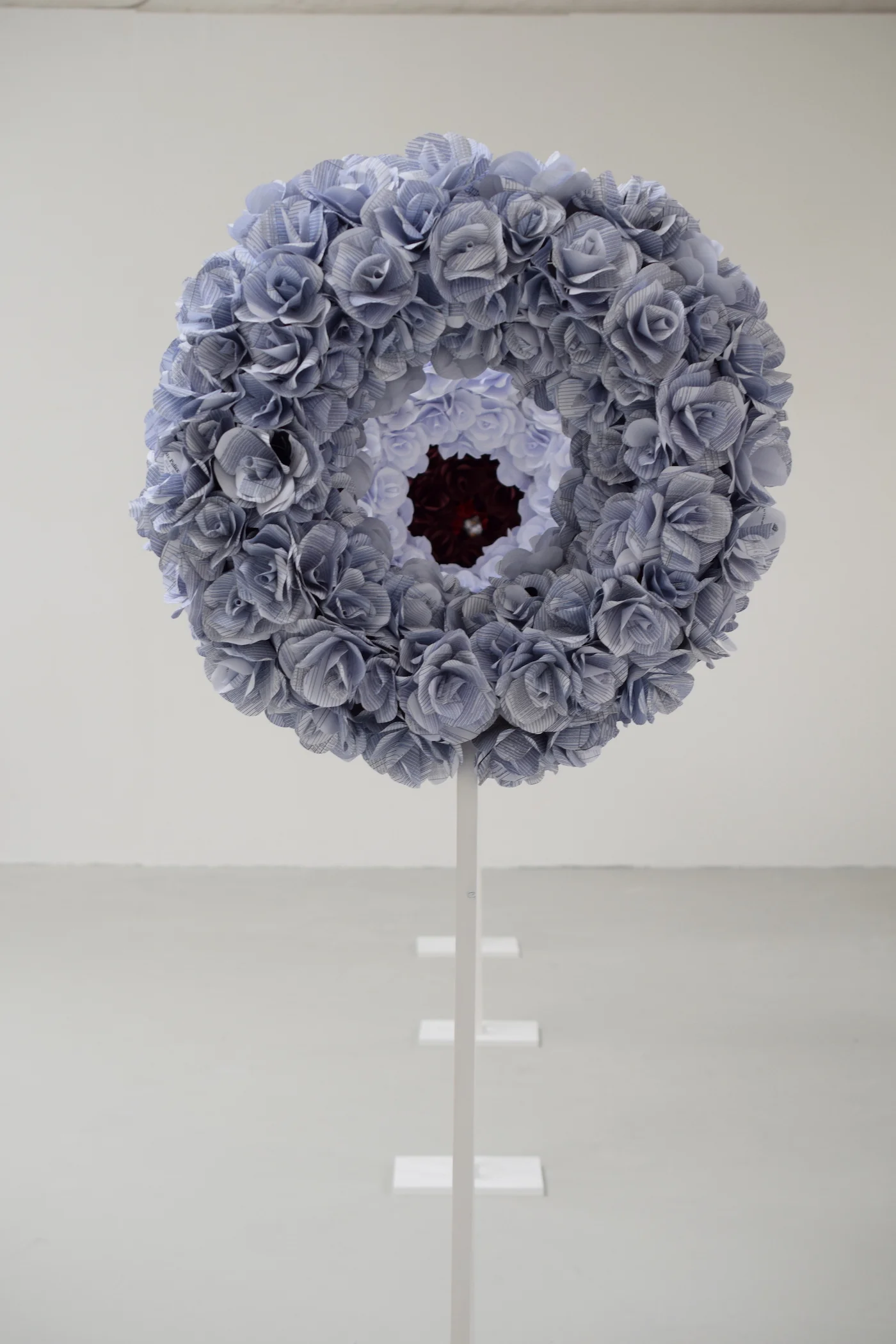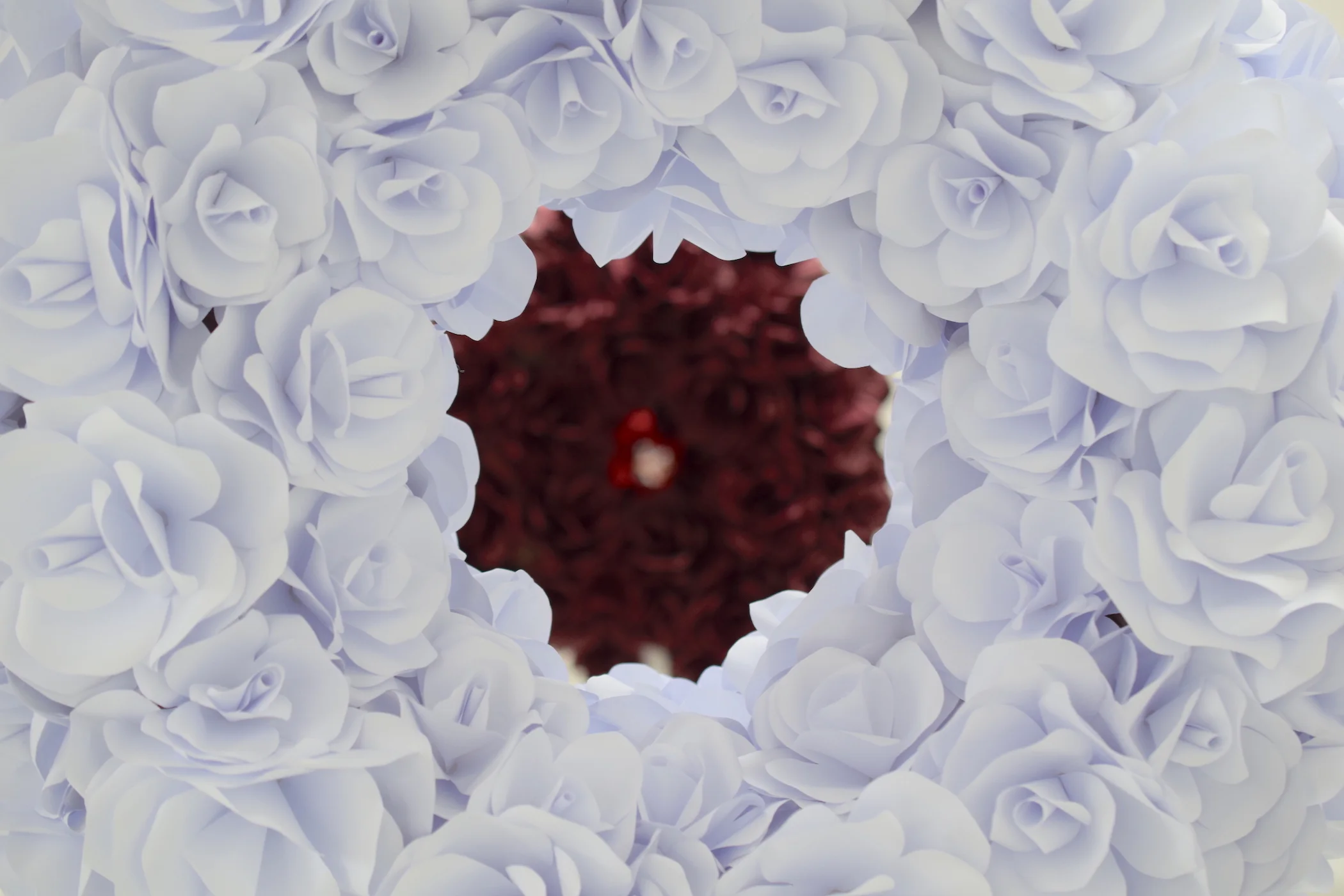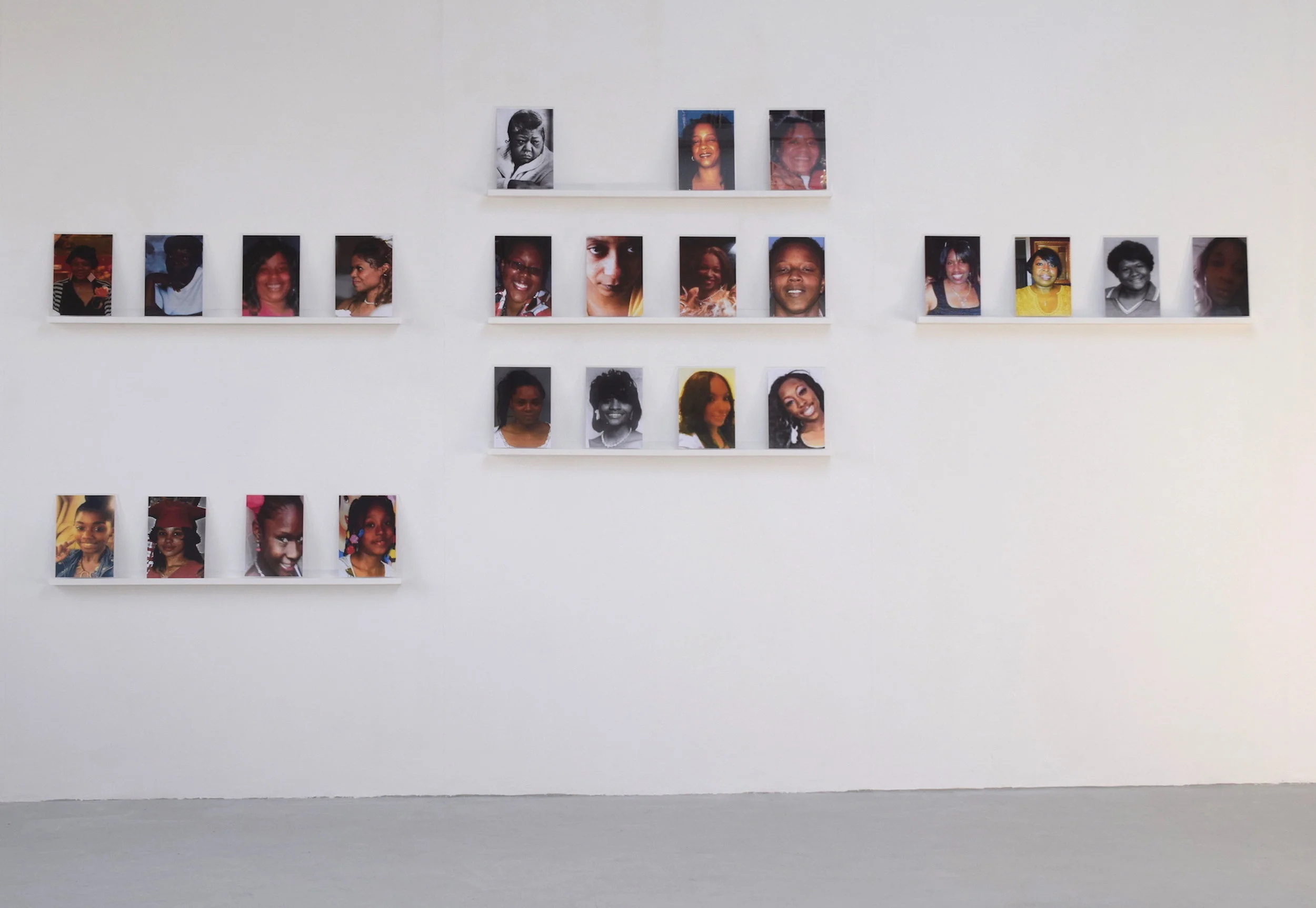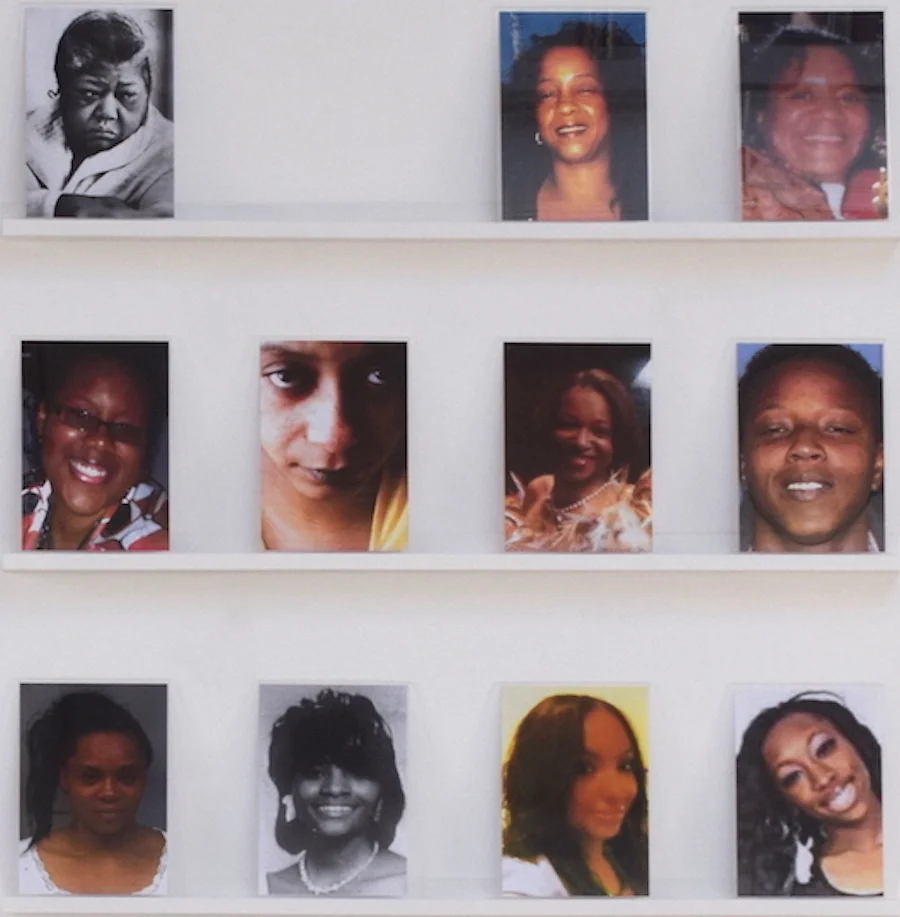NAFIS M. WHITE
Nafis received her BFA from the Rhode Island School of Design in Sculpture with a concentration in Art History in 2015. She recently studied abroad in London at Goldsmiths University from 2015/2016 and then returned to the U.S. as a MFA candidate at the Rhode Island School of Design in Printmaking where she will graduate in 2018. White creates her work from objects commonly found in beauty supply stores, industrial and irrigation components and the seemingly limitless horizons of our global and political landscapes. Through sculpture, installation, photography and weaving she centers the uncanny audacity of self-affirmation and love by means of repetition as a form of change.
White draws inspiration from the rich Diaspora of experiences and traditions of Black beauty and self care built upon centuries old histories of embodied knowledge that honors, celebrates, and values the innovation, technology and imagination carried through and passed on by the fingertips of Black people. Through play and continuous exploration, White employs her research on the intricate customs of Victorian Hair Weaving and appropriates them using Black hair, beauty products, and hairstyling techniques where they were never imagined to take up space and esteem. White exaggerates pattern and scale with keen emphasis beholden on colors and textures to draw viewers to the creativity, resilience and power of a people whose very existence and aesthetics have been the subject of ridicule, persecution and systemic erasure since their harrowing and iniquitous arrival upon these shores.
For the installation, "What Cannot Be Said Will Be Wept," paper flower making memorialized civilians killed by police in 2015.
From Nailed interview by Shenyah Webb, January 17, 2017:
"I created hundreds of paper roses in 2016, one for each person killed during the previous year, 1208 in total, an approximate as no one knows the exact numbers. The roses were grouped by color, some were red in hue, or white, some of the paper used was data-sheets detailing the murders. I built tall funerary wreaths with the roses, six in total and varied their heights and spread them out so that viewers could walk through them. The holes in the center of the wreaths also acted as gun sights, the wreaths suddenly transformed into the trajectory of a bullet.
On the walls were family photographs of Black Women who were killed by Police, each resting on a wooden sill that varied in height based on what 10 year time frame the victim lived until, the elders seated high looking down amongst visitors, the children on low level with patrons. No matter where you walked in this room, you were never out of site of those whose lives were stolen.
Creating hundreds upon hundreds of roses myself, from a pattern I generated that involved 21 individual steps, would likely have become a maddening task for many people, but for me it was an act of devotion, an act of remembrance and care. Particularly in showing love for women who look like me, who come from backgrounds like me, it was an act of love to labor in their memory. A gesture of love dedicated to Black Women."











